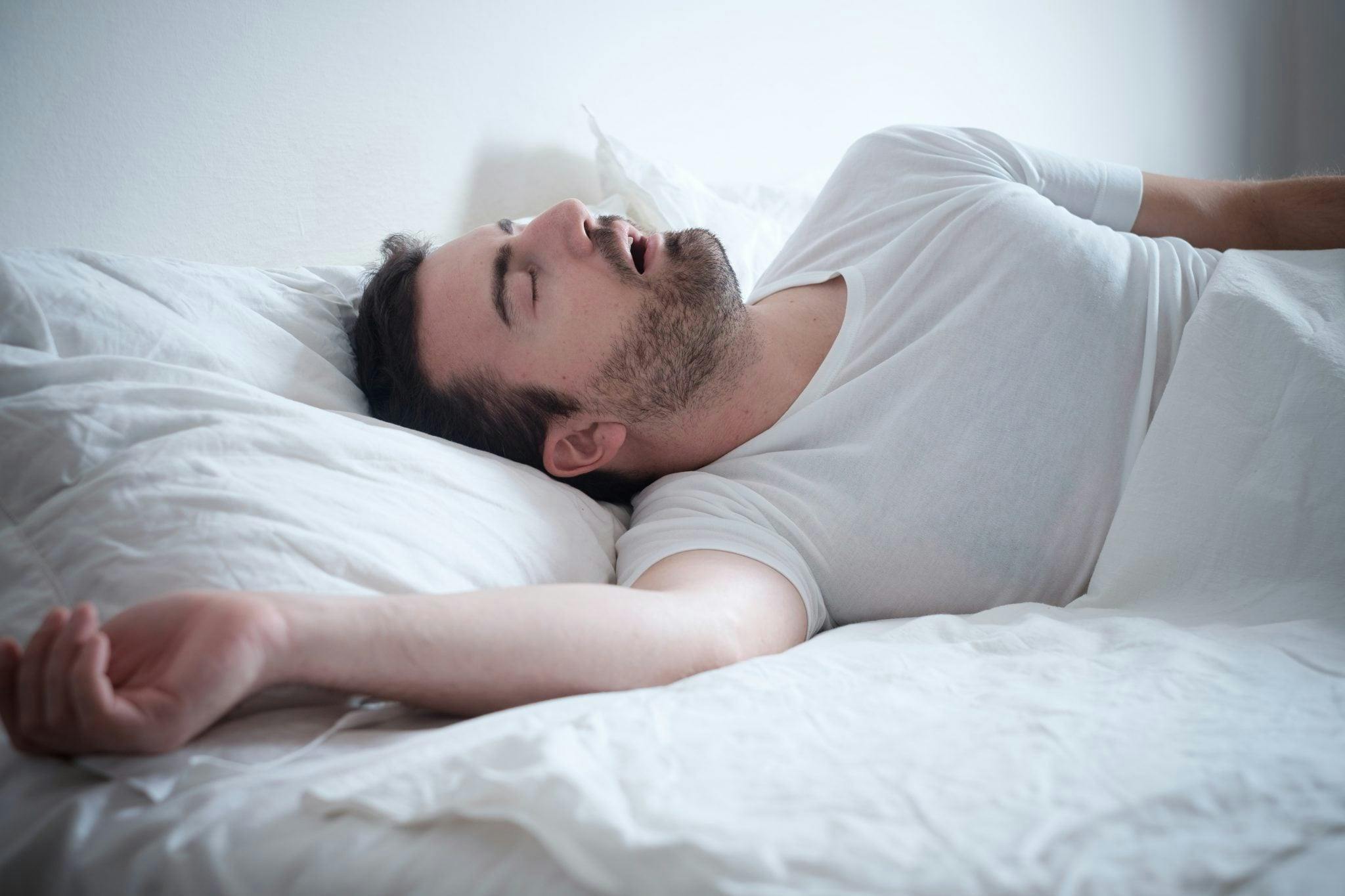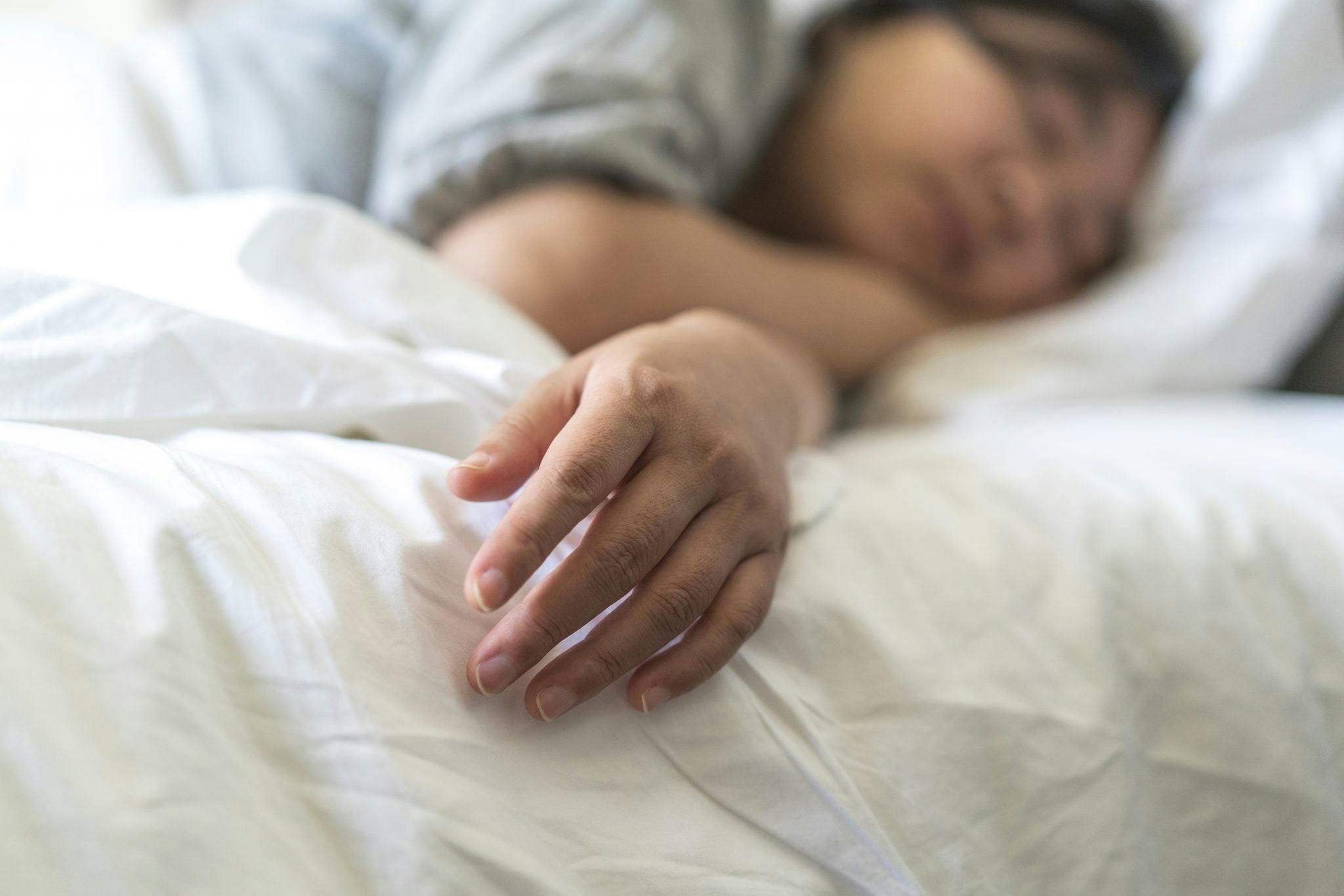
2023-05-03T09:45:20
Sleep apnea linked to degenerative brain diseases
- Sleep Medicine
May 14, 2019 | Sleep Medicine

Sleep is a vital part of our daily routine. It refreshes our mind, re-energizes our body and helps us to accomplish tasks in the upcoming day. Research shows without quality sleep, our brain struggles to form memories and concentrate effectively in the short term. Research also shows that a chronic lack of sleep increases the risk of disorders like high blood pressure, cardiovascular disease, diabetes, depression and obesity.
As sleep is a very complex process, much of its purpose and function remains a mystery. Scientists have found that the body goes through certain stages during its natural sleep cycle. Learning about these sleep cycles can help us better understand why we need sleep and why we should prioritize it.
Our bodies experience two different stages of sleep: REM (rapid eye movement) sleep and non-REM sleep. REM sleep is the deepest part of sleep. Scientists have found that during REM sleep, our brain becomes very active and our eyes move rapidly in all directions. Many people who have awakened from REM sleep report vivid or bizarre dreams, and many scientists associate the rapid eye movement in this cycle with dreaming.
Non-REM sleep generally has three stages, each of which is connected to different patterns of brain activity. As each stage progresses, our brain waves slow down, making it more difficult to wake a person from sleep. Every stage in the sleep cycle is crucial to the overall health of our mind and body. Non-REM and REM cycles are also required for the consolidation of memories.
Stage 1: As we fall asleep, we go through the first non-REM cycle in which our heartbeat, breathing and eye movements become slower. Our body relaxes, and our muscles occasionally twitch. During this small window (usually lasting about 10 minutes), we experience light sleep. A person can be awakened from this stage fairly easily.
Stage 2: In the second stage of non-REM sleep, we transition from a period of light sleep to deeper sleep. During this stage:
We spend more time in stage two sleep than in other sleep stages.
Stage 3: This stage is the third and final stage of non-REM sleep. It is marked by the least amount of brain activity and is the deepest stage of non-REM sleep. Our heartbeat and breathing slow to their lowest levels during stage three and it becomes difficult to awaken someone within this stage. Scientists have found that this stage is necessary to feel refreshed in the morning.
Stage 4: Also called REM Sleep, stage four sleep first occurs about 90 minutes after we fall asleep and happens 2-4 times during an average night. Scientists have found that our brains become very active during this stage, as the amount of brain wave activity spikes. Other characteristics of REM sleep include:
As most of our dreaming occurs during REM sleep, our arm and leg muscles also become temporarily paralyzed (scientists believe this is a biological function of our brain to prevent us from acting out our dreams). As we age, we spend less of our sleep time in REM sleep.
Getting enough sleep is very important for our health. Experts recommend that most adults need about 7-9 hours of sleep a night to complete the sleep cycle, but this amount varies significantly across individuals of the same age. Due to longer work hours and the availability of round-the-clock entertainment and other activities, many people do not get enough sleep. As there is no magic “number of sleep hours” that works for everybody, each person individually needs to decide how many hours of sleep they need each night and make it a goal to achieve that number. Here are some tips for making sure you wake up feeling refreshed for your day.

WRITTEN BY:
The Live Better Team

2023-05-03T09:45:20

2019-07-31T10:27:27

2018-09-29T12:00:15

2018-09-28T12:30:07
This information is not intended to replace the advice of a medical professional. You should always consult your doctor before making decisions about your health.